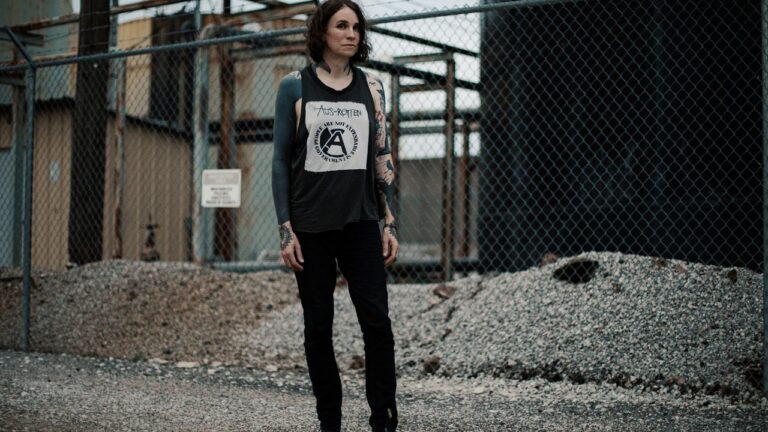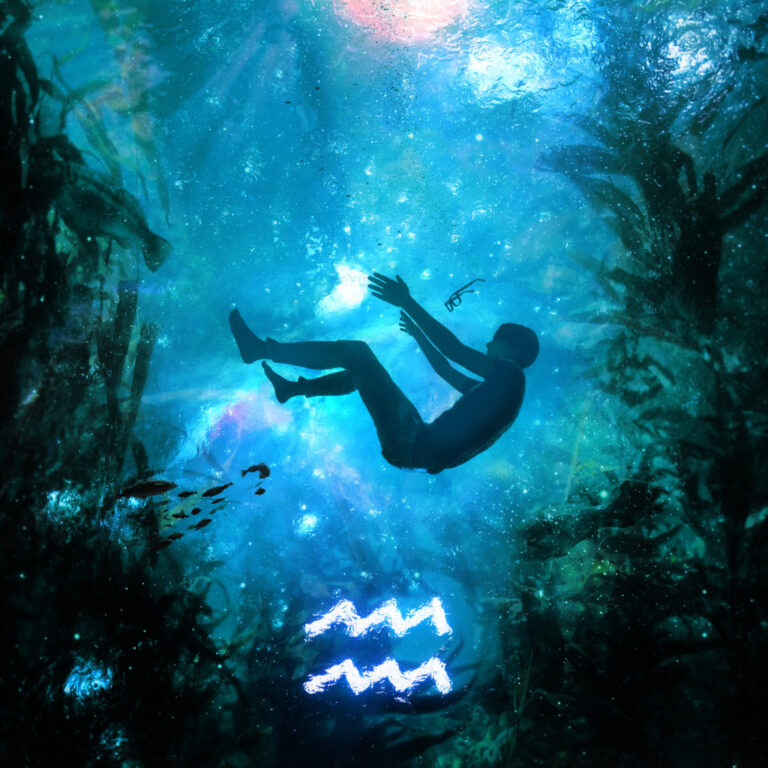Nikkor Z 14-24mm f/2.8 S lens
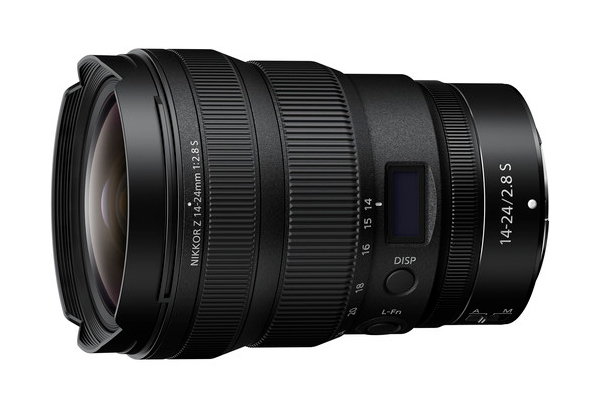
In summary
The Nikkor Z 14-24mm f2.8 S is a niche product. Photographers who need to fill that niche should find it eminently suitable.
For those transitioning from DSLR to mirrorless, this lens makes an ideal replacement for the AF-S 14-24mm f2.8G (although that lens can be used on a mirrorless body with the FTZ adapter).
Full review
Announced in September 2020, the Nikkor Z 14-24mm f/2.8 S completes the company’s f/2.8 zoom trio and is the second ultra-wide zoom lens for Nikon’s full-frame mirrorless camera system. Arriving 20 months after the Nikkor Z 14-30mm f/4 lens (which we haven’t yet reviewed), it’s a full stop faster and quite a different beast. Its almost flat front element allows threaded filter to be attached while, unusually in a lens of this type, a rear filter holder accepts trimmable filter gels.

Angled view of the Nikkor Z 14-24mm f/2.8 S lens without lens hoods and caps. (Source: Nikon.)
The Z 14-24mm f/2.8 S complements the existing Z 24-70mm f/2.8 S and Z 70-200mm f/2.8 VR S lenses. Its new optical design has created a significantly shorter lens that, at only 650 grams, is almost 35% lighter than its AF-S 14-24mm f/2.8 G lens for Nikon’s F-mount cameras.
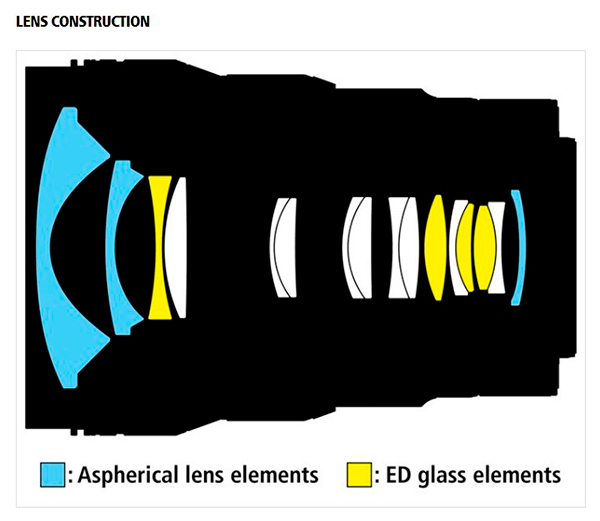
The optical design, shown above, features 16 elements in 11 groups and includes four extra-low dispersion (ED) elements plus three aspherical elements. Proprietary Nano Crystal Coat (N) and anti-reflective ARNEO Coat coatings are applied to suppress flare, ghosting and coma and deliver images with a full tonal range, even with strong backlighting.
Not surprisingly for an ultra-wide-angle lens, there’s no built-in stabilisation. But users can take advantage of the built-in IS in Nikon’s Z6 and Z7 cameras (including the second-generation models).
Focusing is driven by a stepping motor, which operates smoothly and should be almost silent. All focusing is internal and full-time manual focus over-ride is available to meet both stills and video needs.
Perhaps surprisingly, the lens barrel carries a small LED data panel, which lights up when the lens is attached to a camera and the camera is powered-up. This convenient addition is able to display the focus mode (AF/MF), focal length, focus distance and a depth of field scale and users can toggle between them by pressing the lens display button just below it.
Also unusually for a modern lens, the Z 14-24mm f/2.8 S is supplied with two lens hoods and a lens cap to go with each hood. One hood, the HB-96, is very shallow and petal-shaped while the other, the HB-97, is threaded to allow the use of 112 mm filters. There’s also a slot for trimmed gel filter sheets at the rear of the lens, as shown in the diagram below.
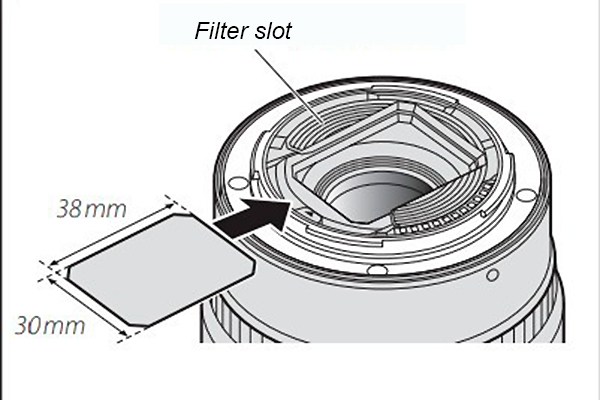
This illustration showing the gel filter slot is taken from the lens manual.
The lens is also supplied with the CL-C2 lens case, a soft pouch for protecting the lens while it’s not in use. This envelope-shaped pouch is made from soft black fabric and has a fold-over top. It can be used for several other Nikkor Z lenses, including the 50mm f/1.2 S and 24-70mm f/2.8 S as well as the F-mount AF-S 120-300mm f/2.8E FL ED SR VR lens.
Who’s it For?
Photographers considering this lens are likely to have also looked at the Nikkor Z 14-30mm f/4 lens, which is smaller, lighter and roughly half the price of the 14-24mm f/2.8 lens. As a consequence, the Nikkor Z 14-24mm f/2.8 S lens will mainly interest those who really need that one-stop speed advantage and are able to manage the greater weight and higher price of the faster lens. The table below compares key features of the two lenses.
| Nikkor Z 14-24mm f/2.8 S | Nikkor Z 14-30mm f/4 S | |
| Angle of view | FX format: 114 to 84 degrees; DX format: 90 to 61 degrees | FX format: 114 to 72 degrees; DX format: 90 to 50 degrees |
| Lens construction | 16 elements in 11 groups (including 4 ED elements, 3 aspherical elements, elements with Nano Crystal and ARNEO coats and a fluorine-coated front element) | 14 elements in 12 groups (including 4 ED elements, 4 aspherical elements, elements with Nano Crystal Coat, and a fluorine-coated front lens element) |
| Iris diaphragm blades | 9 (rounded aperture) | 7 (rounded aperture) |
| Minimum focus distance | 28 cm at all zoom positions | |
| Filters | 112 mm front thread (slot located at rear of lens allows use of trimmable gel filter sheets) | 82 mm diameter |
| Dimensions (Diameter x L) | 88.5 x 124.5 mm | 89 x 85 mm |
| Weight | 650 grams | 485 grams |
| Street prices | $3315 to $3999 | $1870 to $2269 |
| Announced | September 2020 | January 2019 |
The constant f/2.8 maximum aperture makes the 14-24mm lens a better choice for handheld shooting in poorly-lit conditions. It will also provide a little more scope for depth of field control.
Photographers migrating from DSLRs to mirrorless cameras will be delighted to learn the Nikkor Z 14-24mm f/2.8 S has its focusing and zoom rings in the same positions as they are on the earlier, well-regarded AF-S NIKKOR 14-24mm f/2.8G ED lens. These rings also preserve the same angle of rotation, making transition from the F-mount lenses even easier.
The 14-24mm lens could be attractive to photographers who shoot real estate and similar architectural subjects. Its fast maximum aperture will make it a good choice for interior shots under ambient lighting.
Some landscape photographers could also find it useful for location work, although the 14-30mm lens would be more portable because of its relatively low weight and extensive weather sealing. The 14-24mm lens’s ability to accept both standard screw-in filters as well as trimmed filter gels could be advantageous in this genre. But its overall versatility is actually quite limited.
Wherever this lens is used, it will require careful handling because the front element is largely unprotected, even with the hoods in place. It can be easy to bump into subjects when composing shots through the viewfinder because they’re often closer than they appear.
Its wide-angle coverage is also a bit excessive for street shooting and taking close-ups. Using this lens for portraiture is only advisable when taking shots of large groups. Portrait shots are likely to end up so distorted this lens is only suitable if you want that kind of effect.
Build and Ergonomics
Normally such a fast, ultra-wide-angle lens would be very heavy and bulky because of the amount of glass used in its construction. However, the review lens is not your average wide-angle zoom. We found it felt nicely balanced on the Z6 II camera body used for this review.
A 21 mm wide section at the front of the lens barrel carries the bayonet fitting for the HB-97 lens hood which, like the lens itself, is made in Nikon’s factory in Thailand. Behind it is a 6 mm wide band that carries the name of the lens plus a small white index dot for aligning the hood when it is fitted.
The focusing ring is located just aft of this band. It’s approximately 16 mm wide with a 13 mm wide band of fine, rubberised ridging to provide a secure grip. Because focusing is driven by the camera this ring can be rotated through 360 degrees when no power is provided.
Behind the focusing ring the lens slopes gently inwards for about 8 mm to the start of the zoom ring. This ring is roughly 27 mm wide and has a 20 mm wide band of thicker rubber ridging towards its leading edge, with a 5 mm wide un-ridged band at its rear edge. Focal length settings at 14mm, 15mm, 16mm, 18mm, 20mm and 24mm are engraved on this band.
They line up against a white index mark at the front of the 20 mm wide section of the lens barrel that carries the two button controls plus the LED data panel. The DISP button is the uppermost of the pair and is used for toggling through the data displays.
Below it is the L.Fn button, which is customisable and can be used to perform a single function, chosen from the options available in the connected camera’s menu. The barrel steps slightly inwards again for about 3 mm to meet the 10 mm wide customisable control ring.
Behind the control ring is a 19 mm wide section of the lens barrel that carries the A/M focus mode slider switch. The ‘Nikkor S’ label sits below this, with the 14-24/2.8S focal length/ aperture label above it. The raised white index dot for mounting the lens on a camera is behind this label. The lens ends with a solid metal mounting plate that is surrounded by a narrow rubber flange to keep dust and moisture out.
Performance
As expected, the review lens turned in an impressive performance in our Imatest tests. Centre zone resolution exceeded expectations for the sensor of the Nikon Z6 II camera used for taking the test shots with both JPEGs and NEF.RAW files recorded simultaneously. Edge softening was less than expected for a fast zoom lens.
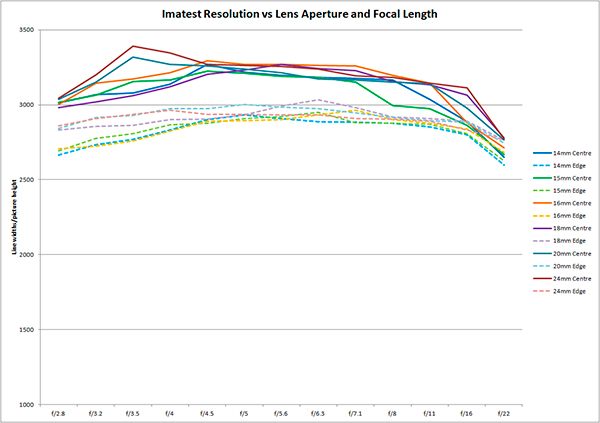
What especially impressed us was the retention of relatively high resolution levels from about f/3.2 through to f/11 and f/16, as shown in the graph of our Imatest results above. Equally impressive were the relatively small differences between centre zone and edge resolution across the aperture and zoom range.
We recorded the highest resolution at the 24mm focal length with an aperture of f/3.5. Diffraction kicked in between f/16 and f/22 (the smallest aperture). But even then, the drop in resolution was less than we normally see.
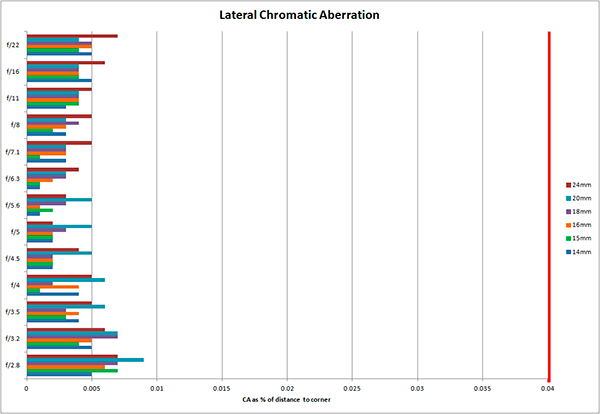
Lateral chromatic aberration was almost entirely corrected in JPEG files through in-camera corrections, as shown in the graph of our test results above. But, interestingly, it was also very low in the raw files we measured and we found no evidence of coloured fringing in test shots taken in contrasty situations.
As expected for such a wide-angle zoom lens, both vignetting and rectilinear distortions were noticeable in uncorrected files, although the camera does a fine job of correcting both aberrations in JPEGs. Stopping down reduced the visibility of vignetting but didn’t totally eliminate it, even at f/11.
Barrel distortion was most noticeable in uncorrected raw files at the 14mm focal length setting but had been largely resolved by 24mm. Vignetting follows a similar pattern, being greatest at 14mm and gradually reducing, although it’s still visible at f/2.8 at 24mm.
The review lens was quite flare resistant and normally backlit scenes were handled very well, despite the all-encompassing angle of view at the 14mm focal length. Photographers are warned to watch out for the likelihood of including their feet in vertical shots taken with this setting (an example is shown below.)
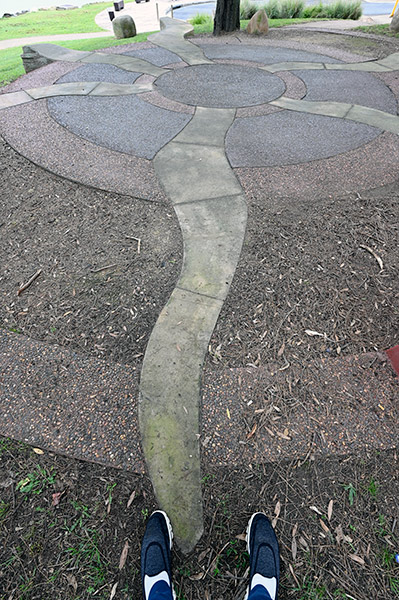
An example of a vertical shot at 14mm that inadvertently included the photographer’s feet.
With a minimum focus of 28 cm and a maximum magnification of 0.13 x at the 24 mm focal length, this lens is not really suitable for close-ups even when subjects are relatively large. Nor is it an ideal choice for portraiture, although it could be useful for photographing groups of people.
We found autofocusing to be generally fast and accurate and did not encounter any instances of hunting (no doubt due to the f/2.8 maximum aperture). Subject identification and tracking were, in the main, competently handled.
The stepping motor that controls autofocusing created a just-detectable buzz that might be picked up by the camera’s microphones whe recording video clips. But we found no evidence of focus breathing and if the lens is focused at the 24mm position and zoomed back to 14mm the set focus is retained.
Bokeh was reasonably smooth for a lens of this type but not without issues like outlining of highlights and a failure to fully blur out background details in close-ups. The visibility of the outlining depends upon the size of the ‘bokeh balls’, which is determined by the distance from the sharp subject to the blurred background; the greater the distance, the less obvious the outlining becomes.
Conclusion
Please Login or Register to access the Conclusion.
SPECS
Picture angle: 114 to 84 degrees
Minimum aperture: f/22
Lens construction:16 elements in 11 groups (including 4 ED elements, 3 aspherical elements, elements with Nano Crystal and ARNEO coats and a fluorine-coated front element)
Lens mounts: Nikon Z mount
Diaphragm Blades: 9 (rounded iris diaphragm)
Weather resistance: Yes
Focus drive: Stepping motor with internal focusing system
Stabilisation: No
Minimum focus: 28 cm at all zoom positions
Maximum magnification: 0.13 x (24 mm focal length)
Filter size: 112 mm (slot located at rear of lens allows use of trimmable gel filter sheets)
Dimensions (Diameter x L): 88.5 x 124.5 mm
Weight: 650 grams
Standard Accessories: LC-Z1424 Lens Cap (front cap), LC-K104 Lens Cap (front cap), LF-N1 Lens Cap (rear cap), HB-96 Lens Hood, HB-97 Lens Hood, CL-C2 Lens Case
Distributor: Nikon Australia, 1300 366 499
TESTS
Based on JPEG files taken with the Nikon Z6 II camera.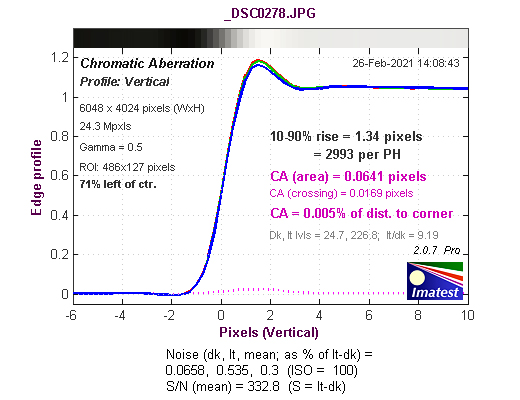
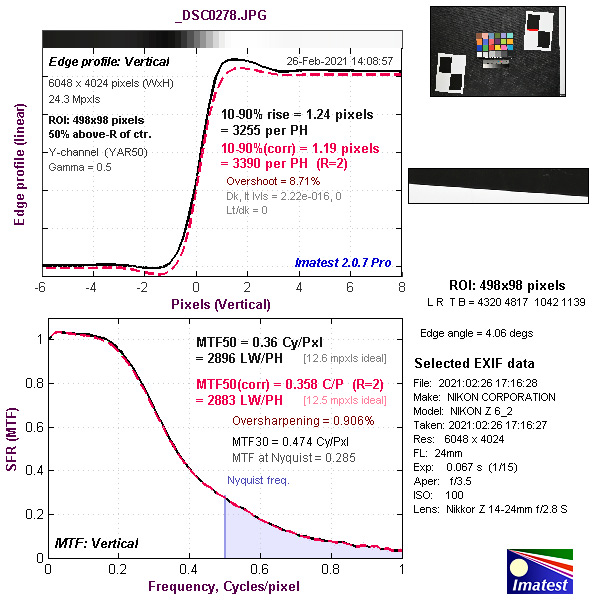
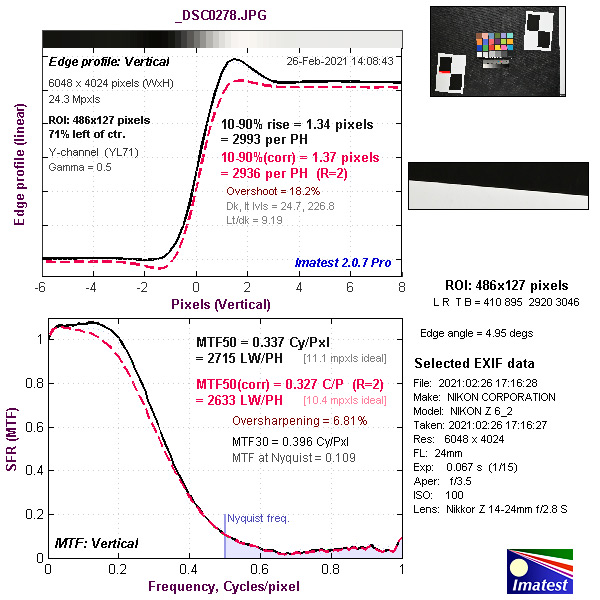
Results from NEF.RAW files captured simultaneously.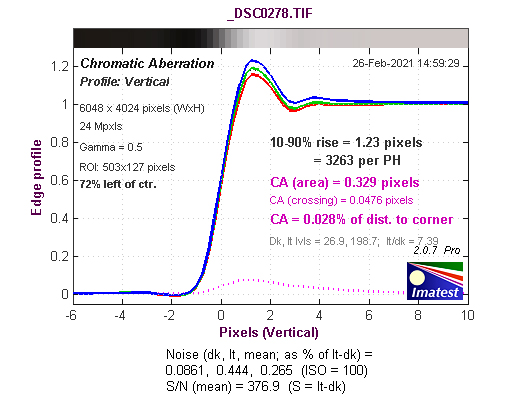
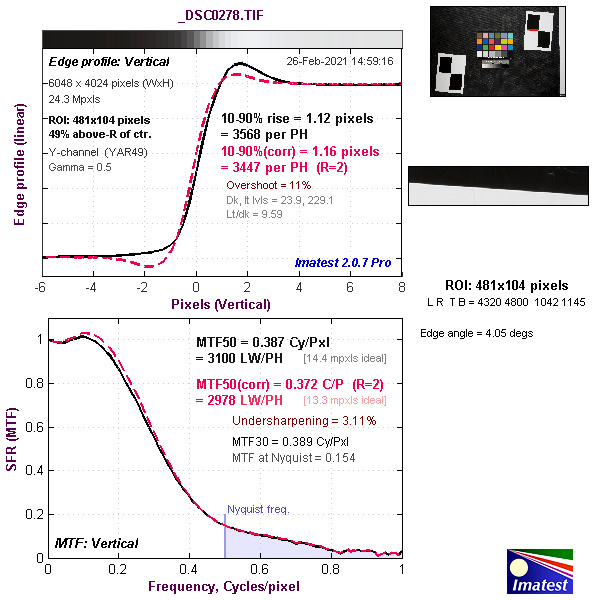
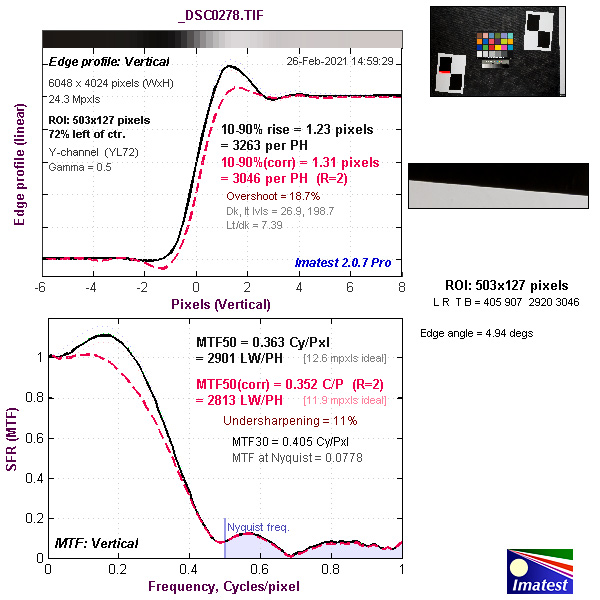
SAMPLES
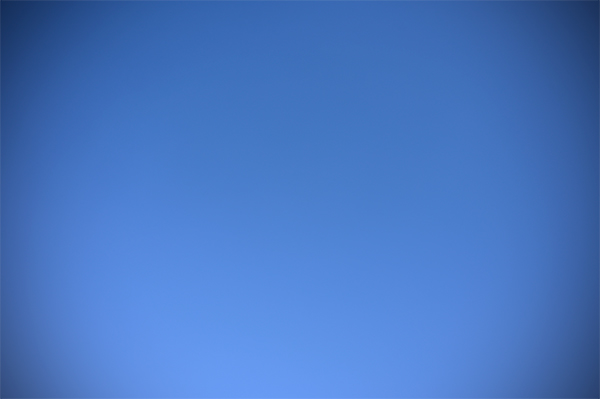
Vignetting at 14mm, f/2.8.
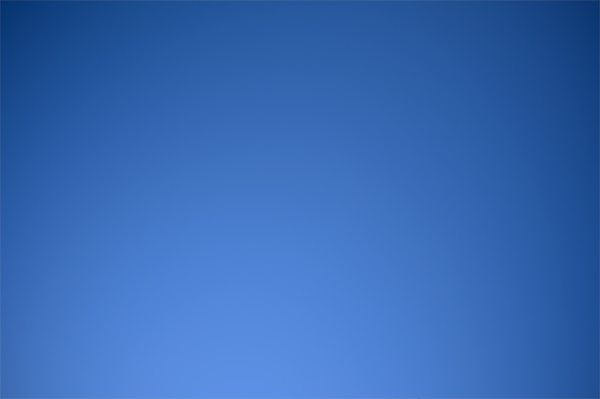
Vignetting at 15mm, f/2.8.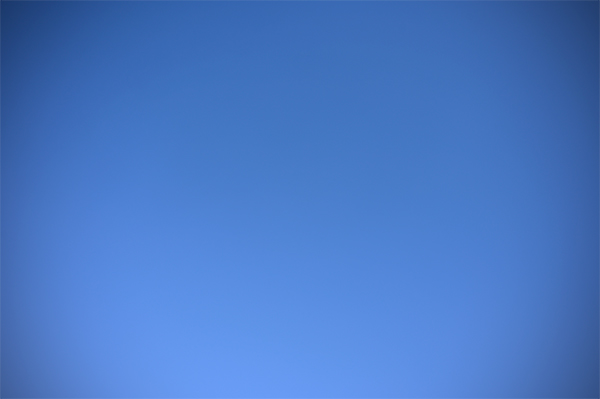
Vignetting at 16mm, f/2.8.
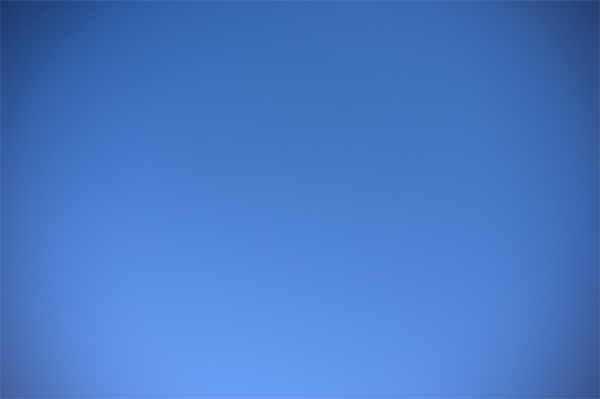
Vignetting at 18mm, f/2.8.
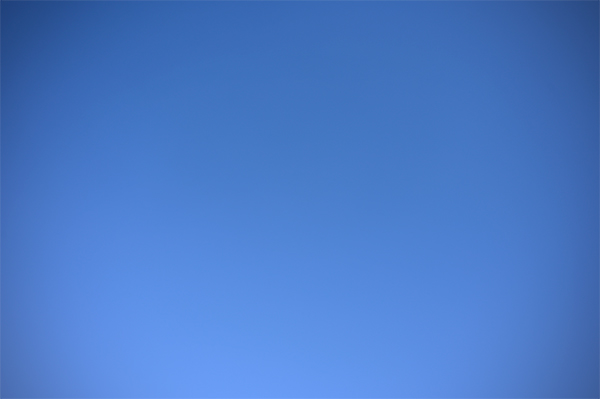
Vignetting at 20mm, f/2.8.

Vignetting at 24mm, f/2.8.
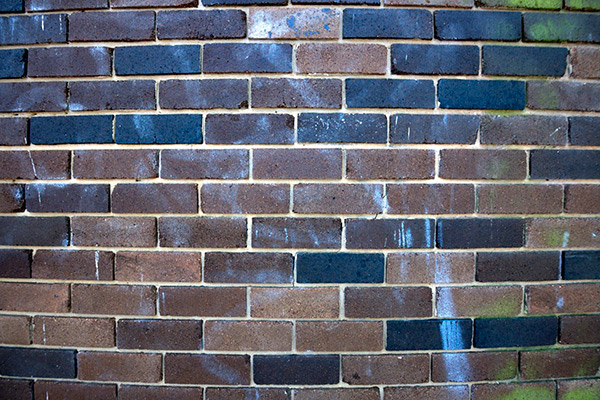
Rectilinear distortion at 14mm.
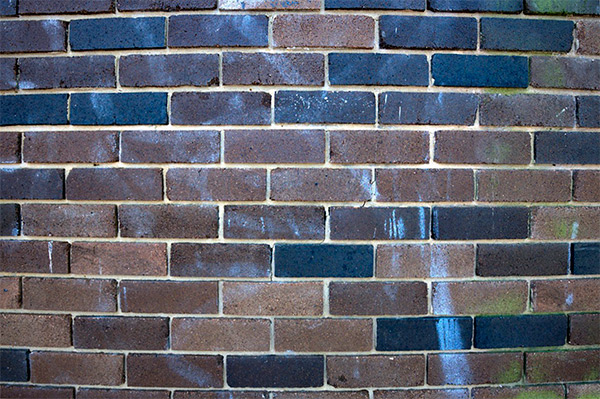
Rectilinear distortion at 15mm.
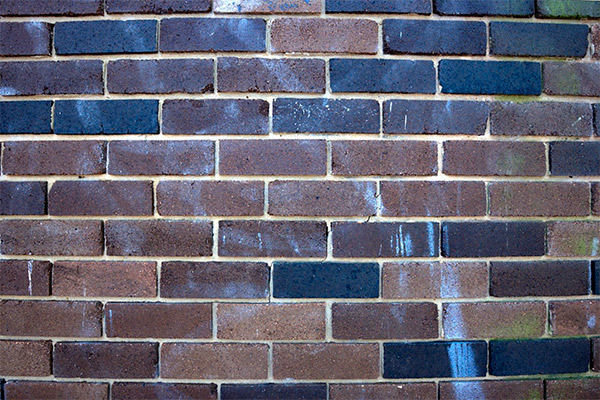
Rectilinear distortion at 16mm.
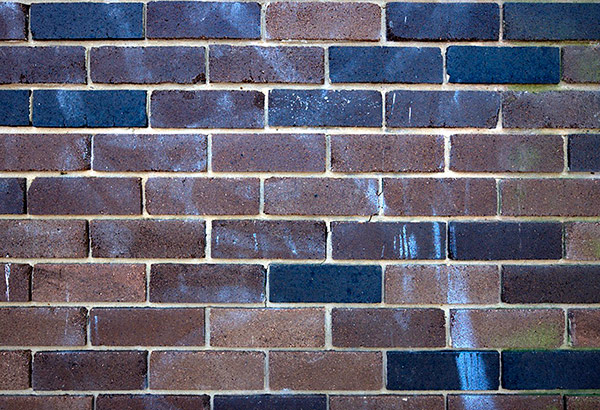
Rectilinear distortion at 18mm.
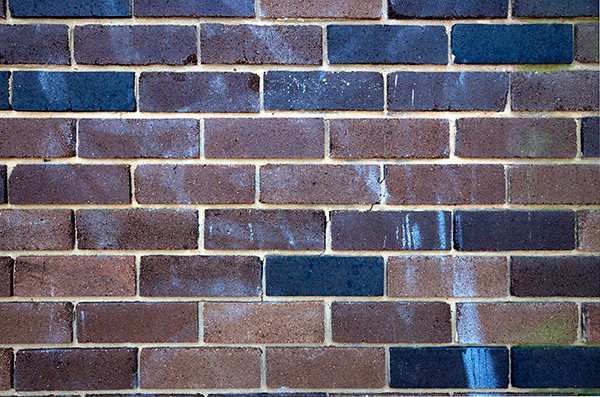
Rectilinear distortion at 20mm.
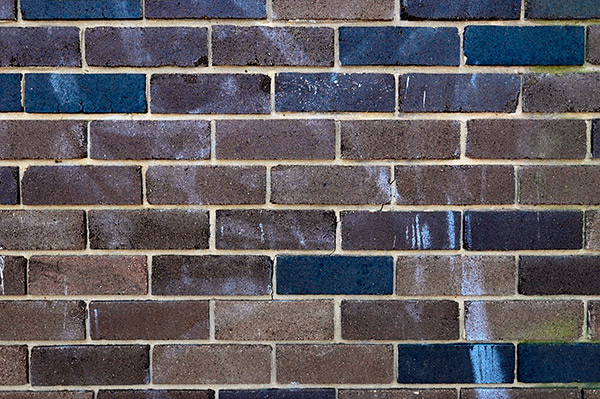
Rectilinear distortion at 20mm.
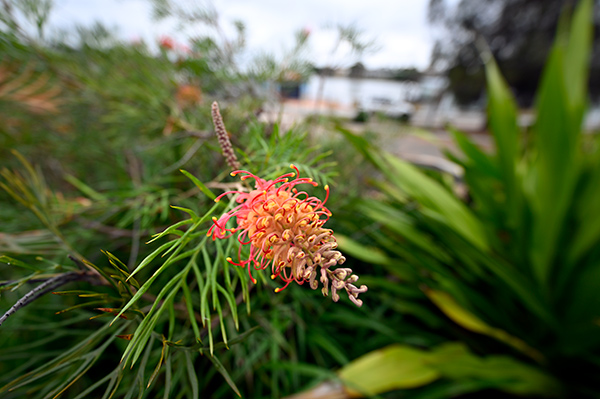
Close-up at 14mm f/2.8, ISO 100, 1/500 second.
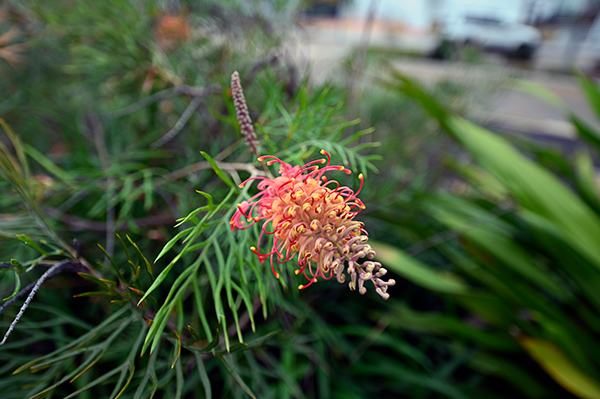
Close-up at 24mm f/2.8, ISO 100, 1/400 second.
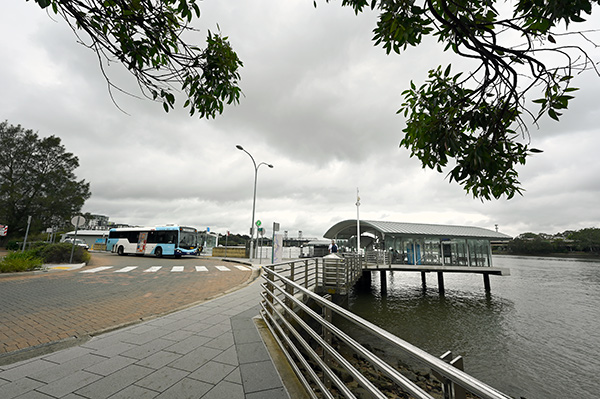
14mm focal length, ISO 100, 1/250 second at f/8.
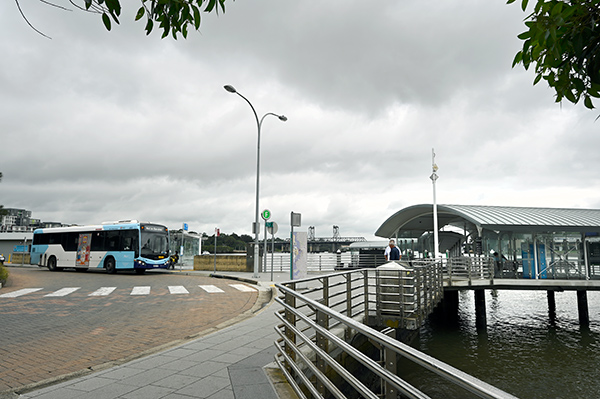
24mm focal length, ISO 100, 1/250 second at f/8.
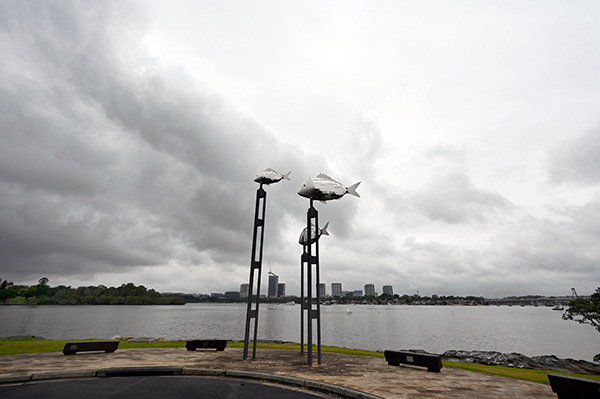
14mm focal length, ISO 100, 1/400 second at f10.
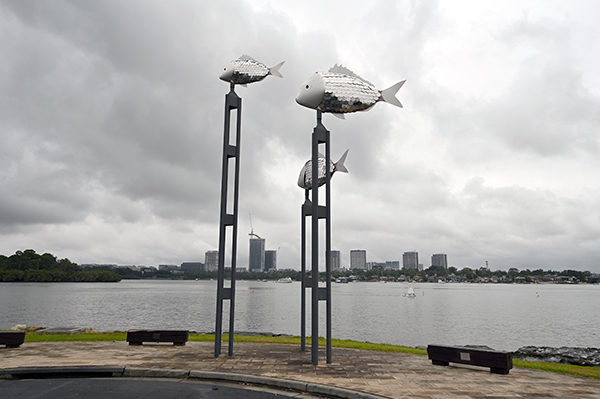
24mm focal length, ISO 100, 1/320 second at f/10.

14mm focal length, ISO 100, 1/125 second at f/11.
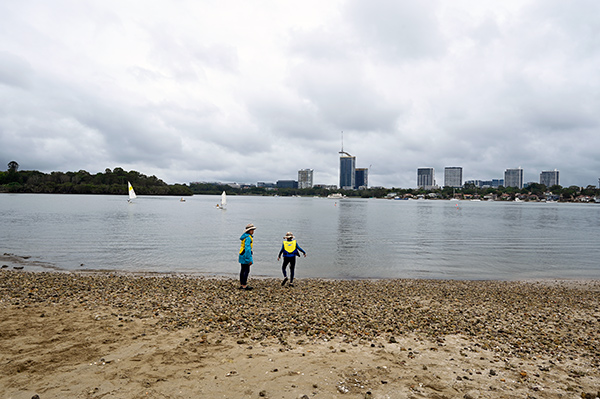
24mm, ISO 100, 1/200 second at f/11.
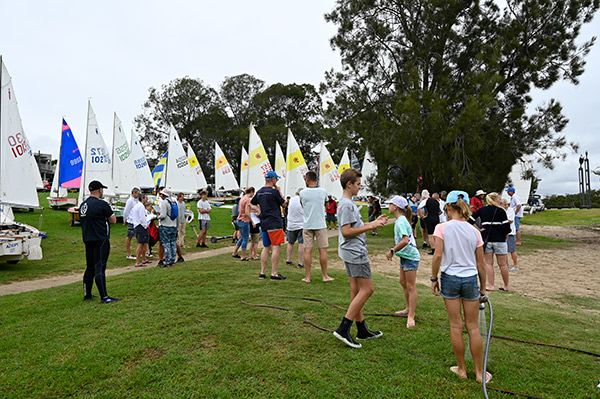
24mm focal length, ISO 100, 1/100 second at f/11.
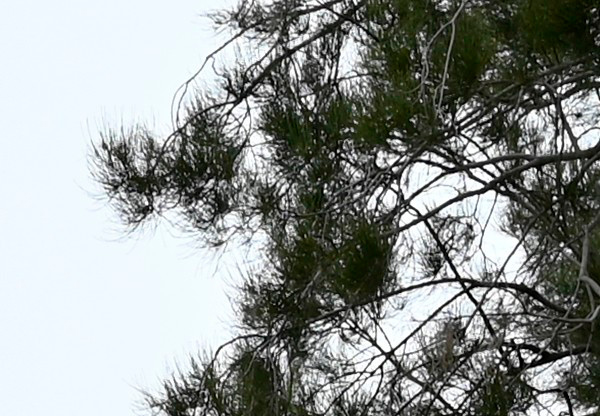
Crop from the above image at 100% magnification showing the absence of coloured fringing.
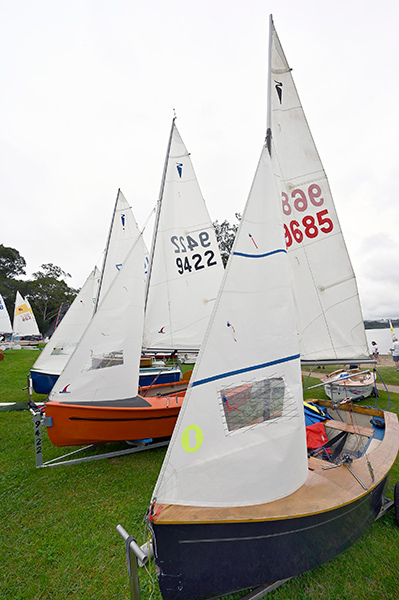
14mm, focal length, ISO 100, 1/160 second at f/11.
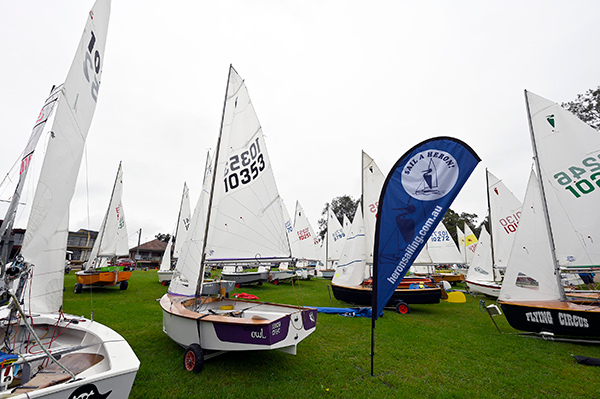
14mm focal length, ISO 100, 1/200 second at f/13.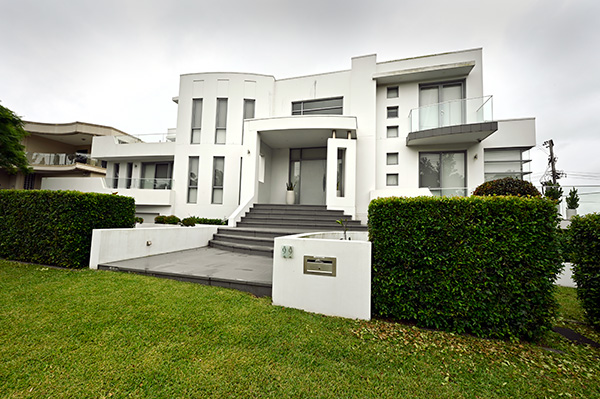
14mm focal length, ISO 100, 1/40 second at f/18.
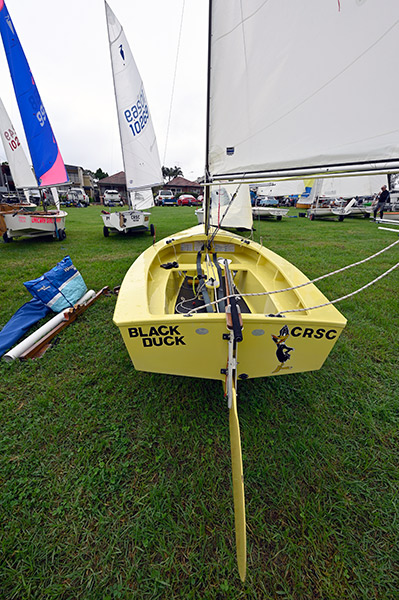
14mm focal length, ISO 100, 1/160 second at f/11.
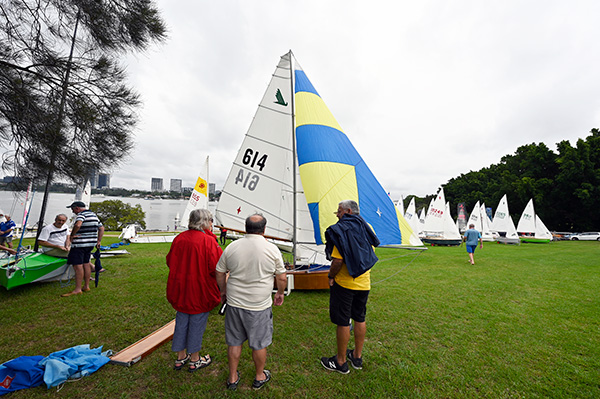
16mm focal length, ISO 100, 1/160 second at f/10.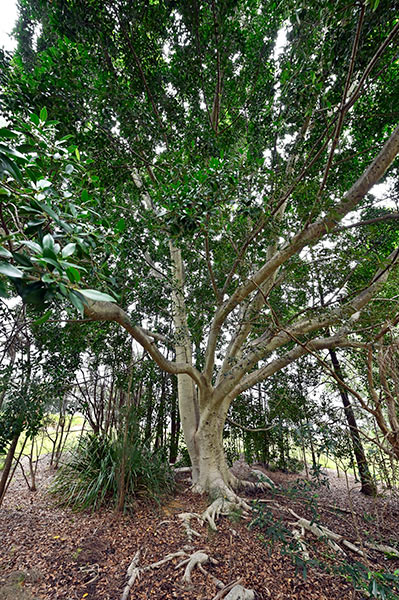
14mm focal length, ISO 250, 1/15 second at f/13.
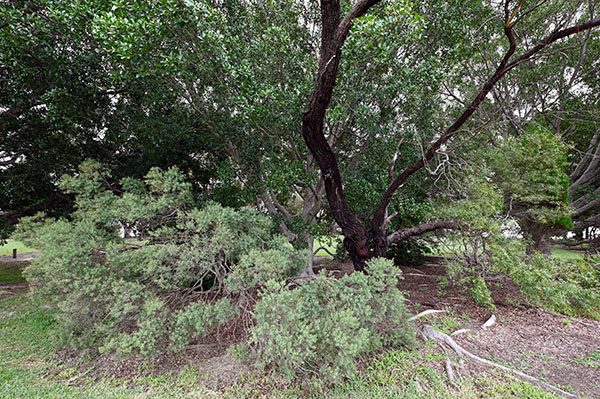
15mm focal length, ISO 100, 1/15 second at f/8.
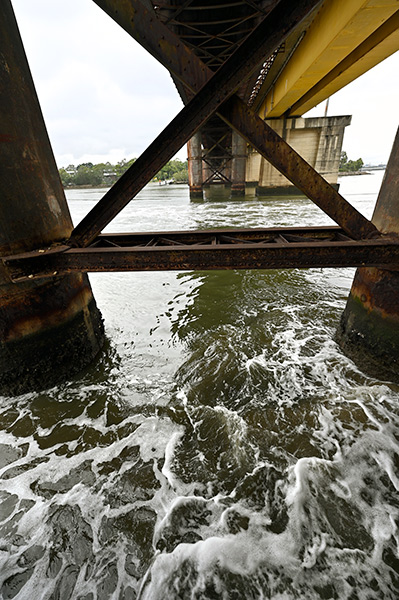
14mm focal length, ISO 100, 1/160 second at f/6.3.
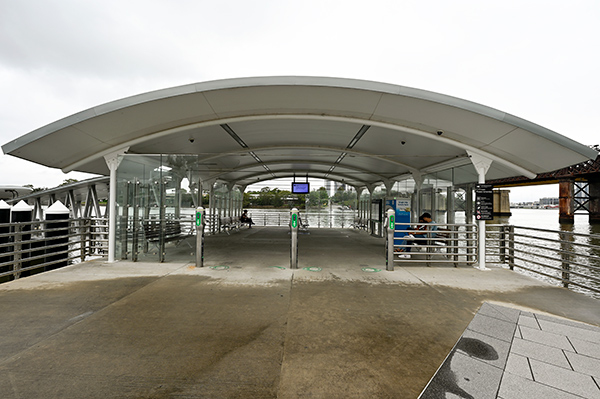
14mm focal length, ISO 100, 1/80 second at f/9.
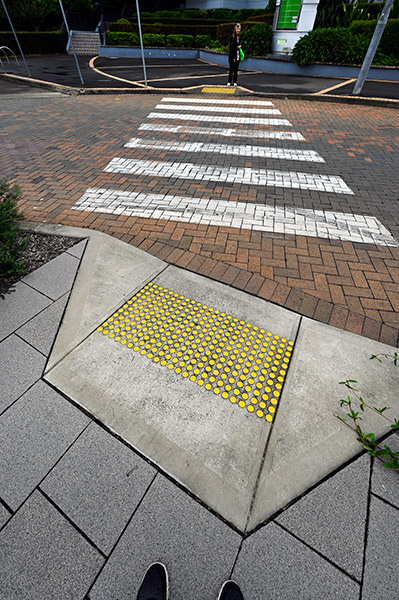
14mm focal length, ISO 100, 1/100 second at f/10.
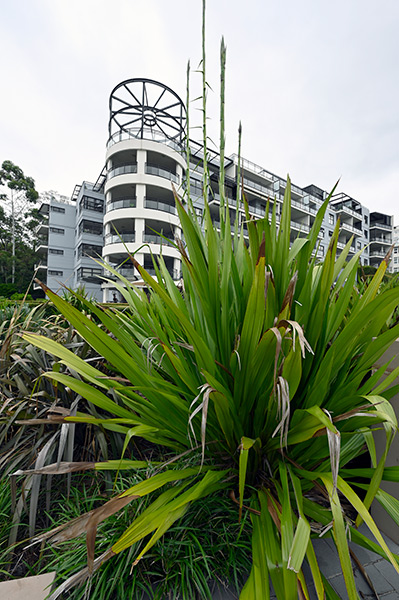
14mm focal length, ISO 100, 1/125 second at f/8.
Additional image samples can be found with our review of the Nikon Z6 II.
Rating
RRP: AU$3,999; US$2,399.95
- Build: 9.1
- Handling: 8.9
- Image quality: 9.0
- Autofocusing: 8.9
- Versatility: 8.5

